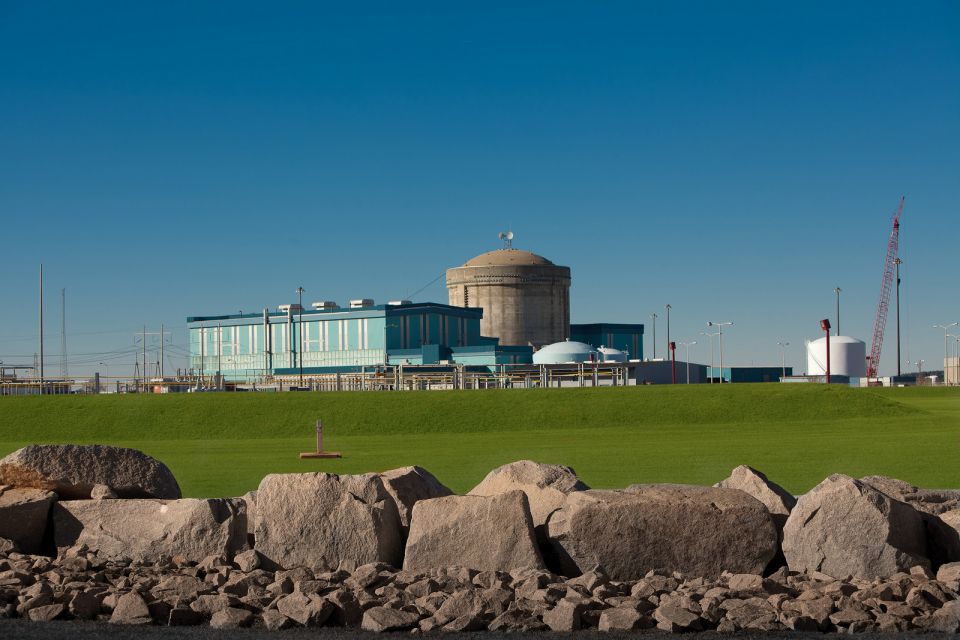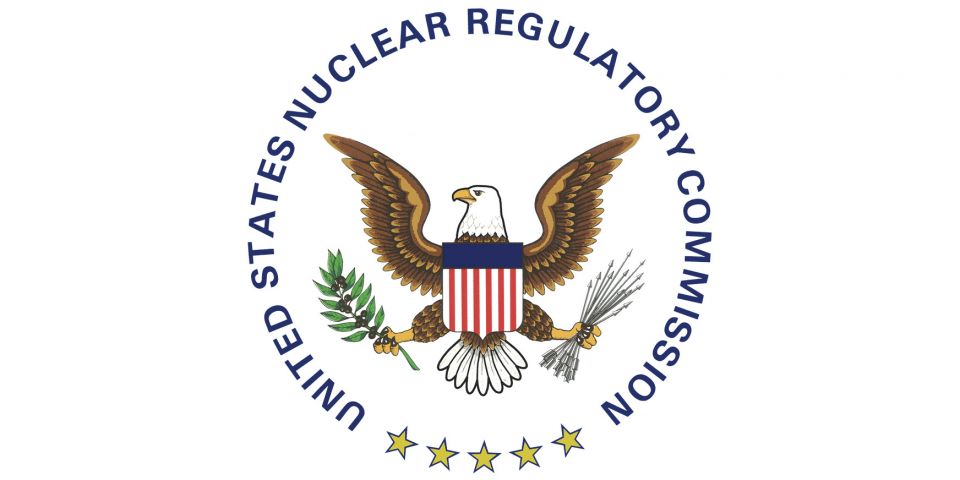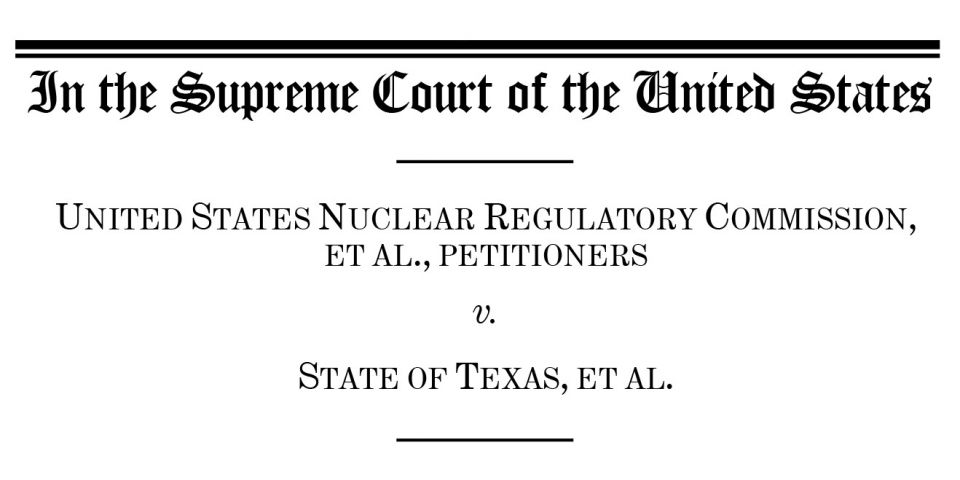Meltdown: Drama disguised as a documentary
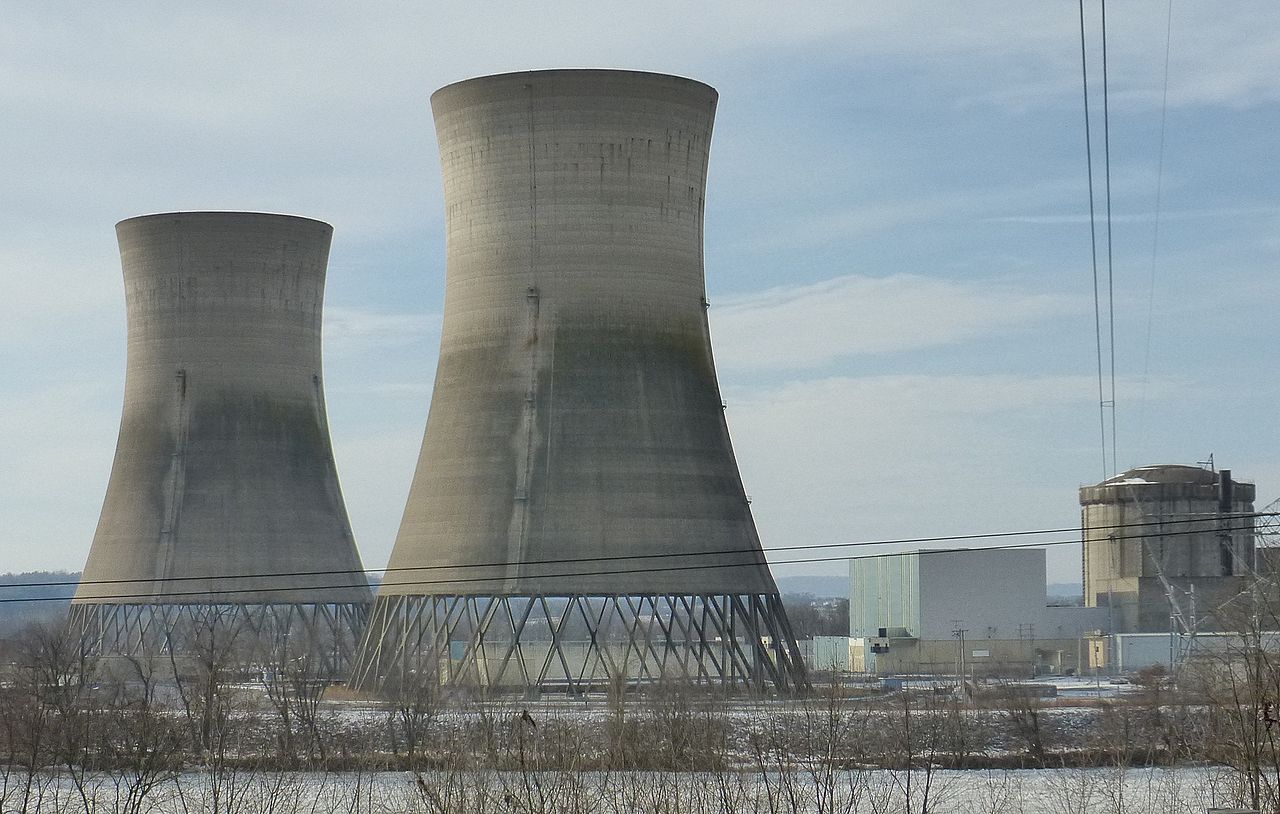
The Three Mile Island accident in 1979 was the most-studied nuclear reactor event in the U.S. There is a plethora of research about the accident available to the general public, including the president-appointed Kemeny Commission report and the Nuclear Regulatory Commission’s Rogovin inquiry report (split into volume one, and volume two, parts one, two, and three), which are the two detailed government-sponsored investigations into the accident. There are also thousands of documents in the NRC’s ADAMS database available to the public, an excellent overview by NRC historian Samuel Walker Three Mile Island: A Nuclear Crisis in Historical Perspective, as well as the Nuclear News special report from April 1979, and articles written by ANS members like William Burchill about the accident and the many changes it forced on the industry. If the producers of Meltdown: Three Mile Island—available on Netflix—had read any of those documents instead of relying mostly on input from antinuclear activists, their “documentary” might have been presented with at least some sense of balance and credibility.
Instead, similar to a recent Science Channel documentary on the Three Mile Island accident, Meltdown focuses on drama instead of science. This four-part miniseries does not attempt to provide a balanced set of facts from the technical community and instead relies heavily on nonexpert opinions and anecdotal statements to tell a story that easily falls apart under even the faintest scrutiny.
Nuclear News reached out to multiple ANS members who were involved with either the accident response or the clean up to help provide a critical look at some of the more egregious statements made in the documentary.
Initial reactions
ANS President Steve Nesbit sums up the feelings of the nuclear community well in response to this deceptive documentary: “Boiled down to its essence, this docudrama consists of numerous unsubstantiated statements and allegations by Richard Parks and others presented as experts on nuclear power. But the statements and allegations were never subjected to any scrutiny—they are simply presented with no rebuttal. The facts contradict the implications of the Netflix special. The truth is that since the accident at Three Mile Island, nuclear power plants have operated safely, efficiently, and reliably as the backbone of the U.S. electricity grid.”
The only real nuclear expert given the chance to refute some of the documentary's claims is Lake Barrett, a former NRC and Department of Energy official. Barrett informed Nuclear News that he was in fact interviewed for more than three hours by the producers of the documentary, but barely five minutes of that interview made it into the show. How can a documentary claim any credibility when the expert brought in to provide balance is excoriated and vilified?
(ANS Executive Director/CEO Craig Piercy interviewed ANS member Lake Barrett recently to provide the balance that was severely lacking in the Netflix series.)
“Following HBO’s award-winning miniseries Chernobyl, Netflix has decided to take a shot at Three Mile Island. But they whiffed,” said Jack DeVine, an ANS member who managed Recovery Engineering and Technical Planning at TMI after the accident. “This is the kind of nuclear phobia–inducing, irresponsible journalism that hastened our nation’s withdrawal from nuclear energy and thus has contributed to our tenuous energy and environmental position today,” he added. “Their documentary misses the important lessons of TMI completely—and it comes at a time that we must give serious, well-informed consideration to building new nuclear plants.” Indeed, Meltdown fairly melts down trying to make a connection between TMI and Chernobyl, even though the latter was a completely different type of accident that was not even possible at TMI. ANS recently released a webinar on Chernobyl that provides more information on why a comparison between the two is untenable and negatively impacts the credibility of the provided expert opinions in this Netflix series.
Uncertainty and fear
Despite its shortcomings, the series does a good job describing the poor, unorganized communication from the industry and government to the public and the resulting panic. The psychological pressures and emotional reactions from the general public during the accident should not be minimized by anyone when discussing the accident.
In Three Mile Island and Beyond: Memories of a Life in Nuclear Safety, Harold Denton, the NRC’s director of nuclear reactor regulation who was appointed by President Carter as the government’s lead on-site in response to the accident, describes the confusion, fear, and panic among the public at the time of the accident and how the disjointed response from the government and industry pushed the local population through a period of unbelievable stress and tension. Denton quoted from residents’ letters he received at the beginning of each chapter; one letter read, “I did not evacuate the area during the recent crisis, but I did help friends and relatives do so. Needless to say, the toll in human suffering was great, mainly in terms of the psychological stress generated by our loss of control over our own lives.”
Denton, whose role was not thoroughly discussed in the documentary, had been brought in to streamline communications about the crippled power plant and be the sole source of information to the media. He wrote, “A substantial portion [of letters he received from the public] also expressed people’s fears for their safety. Feeling safe is a very individual and subjective thing, affected by both our thoughts and our emotions—with emotions being the stronger of the two. What feels safe for one person doesn’t necessarily feel secure to another, and I think this is part of what lies behind so many disputes around nuclear power.” Meltdown clearly focuses on the emotional response to fear and uncertainty when describing the events of the accident—which is deserving, but the series does not give a voice to the thousands of men and women who worked around the clock to respond as events unfolded at TMI.
Radiation release from the accident
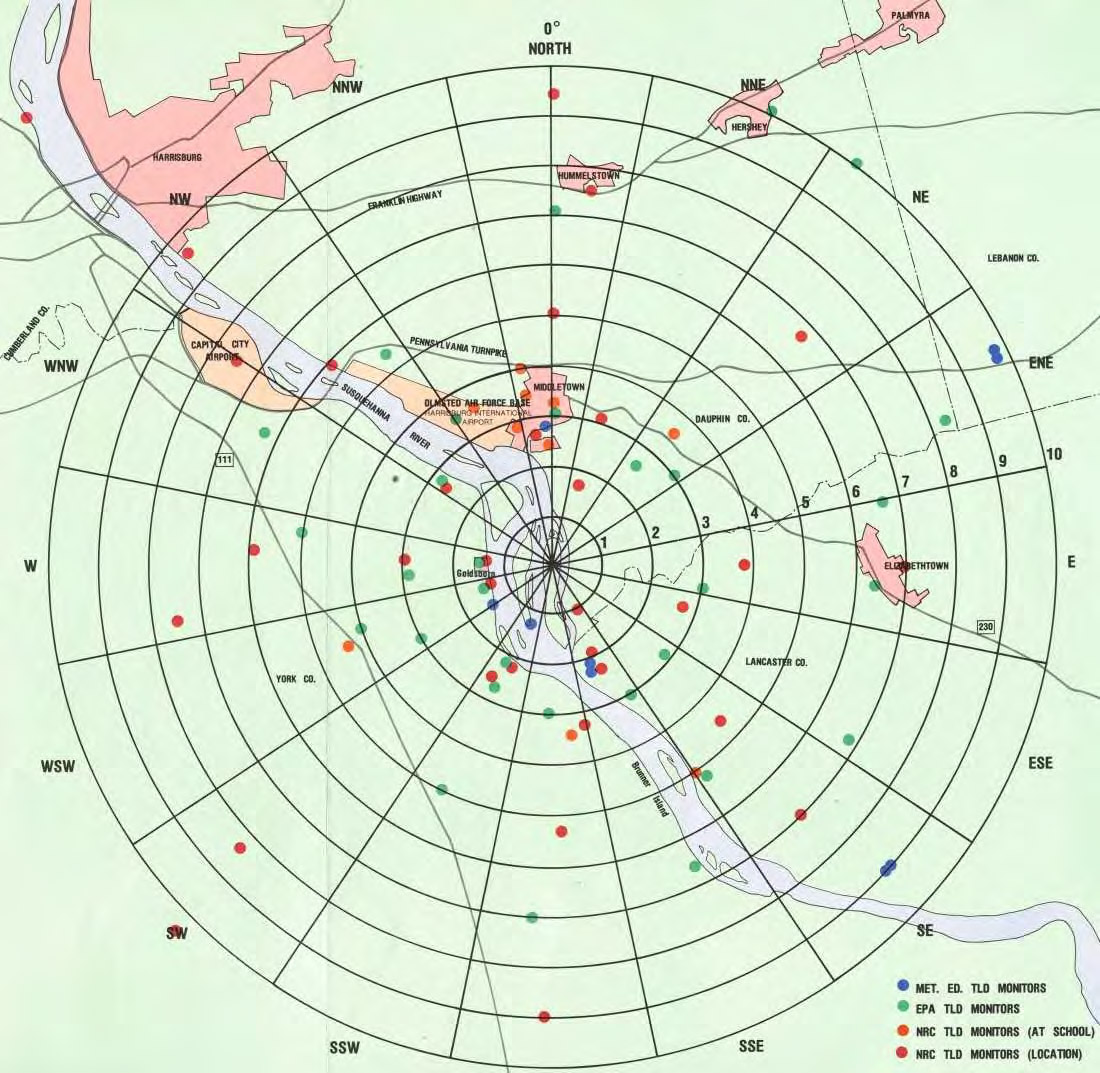
This map of the area around the TMI power plant shows the various locations of thermoluminescent dosimeters (TLDs) that were placed by the utility, the NRC, and the EPA.
While the show did portray the poor communication, lack of understanding by the plant operators, and the tension within the communities around the power plant reasonably well, it failed when discussing the actual technical evidence about the accident. For example, there are multiple statements throughout the show that no one really knew the amount of radiation released from the power plant, which is completely false. Then, near the end of the first episode, there is a clip that states one radiation reading was measuring radiation levels at 1,200 mrem/hour, but this reading was actually taken directly over the exhaust vent in the auxiliary building and not a measurement at the site boundary. The show does not make that distinction, intentionally misleading viewers. This attempt to sow doubt and spread fear in the minds of the viewers went uncontested, even though there is plenty of evidence to the contrary.
In the NRC’s Rogovin report, a map following page 26 shows all of the radiation monitors set up by the utility, the NRC, and the Environmental Protection Agency. The radiation monitors outside of the plant did in fact measure elevated radiation levels, but the highest reading was 7 mrem per hour, whereas the majority of monitors were in the range of 1 mrem per hour (Walker, Three Mile Island, 84). According to the Rogovin report, the levels of radiation monitored showed an average offsite dose of 1.4 mrem over the course of the accident (roughly 1% of the annual dose a person receives from background radiation) and the highest offsite dose was less than 100 mrem—levels nowhere near enough to cause any important negative health effects (Rogovin report, 408).
As reported by Nuclear News in a special release in April 1979, the NRC announced cumulative data from environmental monitoring that included air, water, soil, and milk samples from the area around the TMI power plant on April 3, 1979—a week after the accident. The radioactivity in the area thankfully was minimal:
- The thyroid dose to anyone drinking the water was estimated to be less than 0.2 mrem per day
- The maximum activity detected in the air was about one-fourth of the permissible concentration according to 10 CFR 20 (at the time of the accident)
- The thyroid dose for anyone drinking milk was estimated to be less than 0.5 mrem per day
- No radioiodine was detected in any of 147 soil samples, nor in 171 vegetation samples taken offsite within 3 kilometers of the site.
To put these numbers into perspective, the Rogovin report states, “The annual background dose in Denver, where there is higher exposure because of the higher elevation (more cosmic rays), is 193 millirems, and the average dose in Harrisburg, Pennsylvania, near TMI, is 116 millirems. NRC regulations permit plant workers to receive doses up to 3 rems every 3 months.”
Those very low levels of radioactivity confirm the findings of the Kemeny Commission: “In spite of serious damage to the plant, most of the radiation was contained and the actual release will have a negligible effect on the physical health of individuals.” As noted by Tom Wellock in his book Safe Enough? A History of Nuclear Power and Accident Risk, some claimed a silver lining when reviewing the TMI accident. “There were no measurable health consequences despite a significant core meltdown . . . defense in depth had worked in protecting the public, but not in protecting a billion-dollar investment” (Wellock p. 77).
Health effects from radiation release
After erroneously claiming that the real radiation levels were unknown to the public, Meltdown goes on to try and link radiation levels from the plant to claims that the incidence of cancer and other sickness increased as a result of the accident. Once again, facts or studies have been ignored or dismissed, and the show relies only on anecdotal evidence from a very few local residents. To bolster their claims, they use a lot of dramatic images of dead fish and, in one case, of a young lady with what appears to be burns on her skin.
Just using projections based on the radiation measurements discussed above, both the Kemeny Commission report and the Rogovin report expected little to no negative health effects to the public. Anecdotal evidence of people suffering from cancer is not proof of sickness from radiation. According to the Kemeny Commission: “We know from statistics on cancer deaths that among the more than 2 million people living within 50 miles of TMI, eventually some 325,000 people will die of cancer for reasons having nothing to do with the nuclear power plant. Again, this number is only an estimate, and the actual figure could be as much as 1,000 higher or 1,000 lower. Therefore, there is no conceivable statistical method by which fewer than 10 additional deaths would ever be detected. Therefore, the accident may result in no additional cancer deaths or, if there were any, they would be so few that they could not be detected.”
There were in fact health studies done following the accident. In Three Mile Island, Walker discusses these series of health studies conducted in the area around TMI (p. 234). The first study, which was conducted by the Pennsylvania Department of Health and the Center for Disease Control in April 1980, concluded that “neither fetal nor infant mortality had risen in the six months following the accident within a ten-mile radius of TMI.” Four years later, another study from the state health department “undertook a preliminary evaluation of cancer deaths within a twenty-mile radius between 1974 and 1983. The survey showed that cancer deaths were no higher than normal after the accident” (p. 234).
Following the state-run studies, a team of epidemiologists from Columbia University investigated the possibility of radiation-caused cancers from the TMI accident. According to Walker, “The new investigation suggested that emissions from the accident had been too low to increase the incidence of cancer within a ten-mile radius of the plant” (p. 235).
Although the validity of Columbia’s study was questioned by a team from the University of North Carolina, a study conducted in 2000 by a team of researchers at the University of Pittsburgh agreed with Columbia’s findings. The University of Pittsburgh researchers surveyed a group of people who lived within a five-mile radius of the plant between 1979 and 1998 and did not find any evidence that “low-dose radiation releases during the TMI accident had any measurable impact on the mortality experience.” The lead researcher summarized the team’s findings and said, “when you compare observed with expected cancer, there is virtually no difference” (p. 236).
The evidence is clear but may not be as impactful to many casual viewers as the images of dead fish, the statements about having a metallic taste, or the frightening image of burns or boils on the skin of the young woman. Such images and anecdotes, while emotionally impactful, are not entirely truthful, however. While the explanations to these anecdotal incidents may never be known for certain, it is clear that radioactivity from the accident is not the cause.
The dead fish, for example, could be an actual image of the river following the accident—but it could not have been caused by radiation, considering that all of the water samples never registered dangerous levels of radiation. Lake Barrett provided a hypothesis: “TMI-2 tripped from 100% power,” he said, “then the water discharge temperature went down quickly, causing a shock to the temperature of the water outside the plant. That may have caused the dead fish in the river. It certainly was not radiation, as levels that high would clearly have been seen in the hundreds of samples taken then and afterward.”
That some locals reported a metallic taste shouldn’t be surprising, there are many causes aside from a radiation release event. The metallic taste is a common symptom associated with a host of potential causes, according to WedMD—a cold or sinus infection, indigestion, heartburn, or side effects from medication, to name a few. While the exact cause is unknown, this we do know: at TMI it was not caused by high levels of radiation.
Finally, the image of the young girl with burns or boils on her skin naturally brings about an emotional response. The subject of the image was said to have been riding her bike around Middletown all day during the events of the accident and later had these burns all over her body.
However, ANS member Amir Bahadori, an expert on radiation risks and protection, said that skin reddening has a threshold of roughly 2 Gy (200 rem photon), which means the amount of radiation released would almost certainly have been many orders of magnitude greater than the values discussed above. It is incredibly unlikely that other residents, plant staff, or NRC/industry responders would have exhibited no effects under these circumstances; there is simply no way there could be just one case if radiation levels were as high as Meltdown suggests with these images.
Hydrogen gas bubble
The second episode of the series devotes a lot of time to the hydrogen bubble—again, without relying on any of the experts involved. Instead, the showrunners turn to Richard Parks (who didn’t start working at TMI until two years after the accident) and Michio Kaku (a physicist and professor at City College of New York). Here, the show revisits comparisons to Chernobyl and provides visuals of an atomic bomb explosion—statements and images that are plain wrong and irresponsible.
According to Kaku, “A hydrogen gas bubble [was] forming at the heart of a nuclear power plant with unknown consequences. Hydrogen explodes, and therefore, there was the possibility of an explosion there inside the reactor itself. This is what happened, by the way, at Chernobyl. Hydrogen gas explosion blew the entire roof of the reactor apart, leading to radiation being released into the environment.” This statement alone proves Kaku doesn’t actually have a clue what he is discussing, since Chernobyl was not a hydrogen explosion event—it was a criticality event followed by a steam explosion.
Walker, in an email to NN, said that “the greatest misunderstanding in the Netflix series about the TMI-2 accident is that the NRC feared that a hydrogen bubble in the pressure vessel would suddenly explode, blow the roof off containment, and spew huge amounts of radiation in central Pennsylvania. There was great concern about the hydrogen bubble, but no one at the NRC thought that it would suddenly, without warning, fracture the walls of the pressure vessel and breach containment.”
Roger Mattson, a division director in the NRC Office of Nuclear Reactor Regulation at the time, raised the alarm about the hydrogen bubble, but the concerns arose mostly, because “the situation was both unprecedented and unforeseen” (Walker, Three Mile Island, 141).
The concern surrounding the hydrogen bubble had to do with the chance of oxygen being introduced into the pressure vessel and creating an environment where the bubble might ignite. ANS member Robert Budnitz, then deputy director of the NRC Office of Research, said in the Rogovin report that the NRC commissioners wanted two groups: one to research oxygen radiolysis (to assess the chance that radiation could split the water molecules into hydrogen and oxygen) and the other to research whether the pressure vessel would fail were the bubble to ignite. The uncertainty surrounding the hydrogen bubble led NRC commissioners to consider recommending an evacuation of residents; fortunately, however, they soon realized that the hydrogen in the pressure vessel would actually suppress the generation of oxygen in the system, and the control room operators deftly degassed the system by carefully running the hydrogen through the pressurizer and make-up tank. This meant the perceived hydrogen bubble threat was not a concern and that the NRC “was chasing a myth.” (Walker 184).
Metldown’s portrayal of the hydrogen gas bubble scare is a prime example of the biased and irresponsible nature of this Netflix series. Instead of focusing on the technical facts and interviewing the experts who were involved in the accident response, it stokes irrational fears of a hydrogen bomb explosion (something that cannot happen in a nuclear power plant).
Krypton gas
Staying true to its formula of providing dramatic statements without sufficient context or expert verification, the series focuses one segment on the large amount of krypton gas in the containment building. In order to begin the process of cleaning up the site, the gas needed to be removed from the containment building. Walker notes in his book that the NRC’s best option was to permit the utility to very gradually vent the gas into the atmosphere while closely monitoring levels of radiation so that levels did not exceed the normal amounts nuclear plants were allowed to emit annually during normal operations.
Even the Union of Concerned Scientists, which included a veritable 'who’s who' of nuclear critics, agreed with this approach, according to Walker. The UCS stated in a report to the Pennsylvania governor that “removing the krypton gas was essential and none of the options would present any serious radiation hazards to the public.” This event, while not serious in any possible health effects on the public, provided a chance for the series to place more doubt in the minds of viewers regarding the levels of radiation around TMI and the NRC’s ability to manage the accident. The show provides clips of angry protesters and claims of “uncontrolled releases” of krypton gas, even though in reality it was a closely monitored event.
Richard Parks and the polar crane
A large portion of the final two episodes focuses on Richard Parks and the whistleblower case around the polar crane at TMI-2. The series does its best to downplay the role of the NRC and create drama where there was, in fact, very little.
During his interview with Meltdown’s producers, Parks makes it seem like his motivations were all based on a strong safety case instead of a procedural debate. Again, the series gives a major percentage of the screen time to Richard Parks and hardly any time at all to Barrett to explain the facts of the situation.
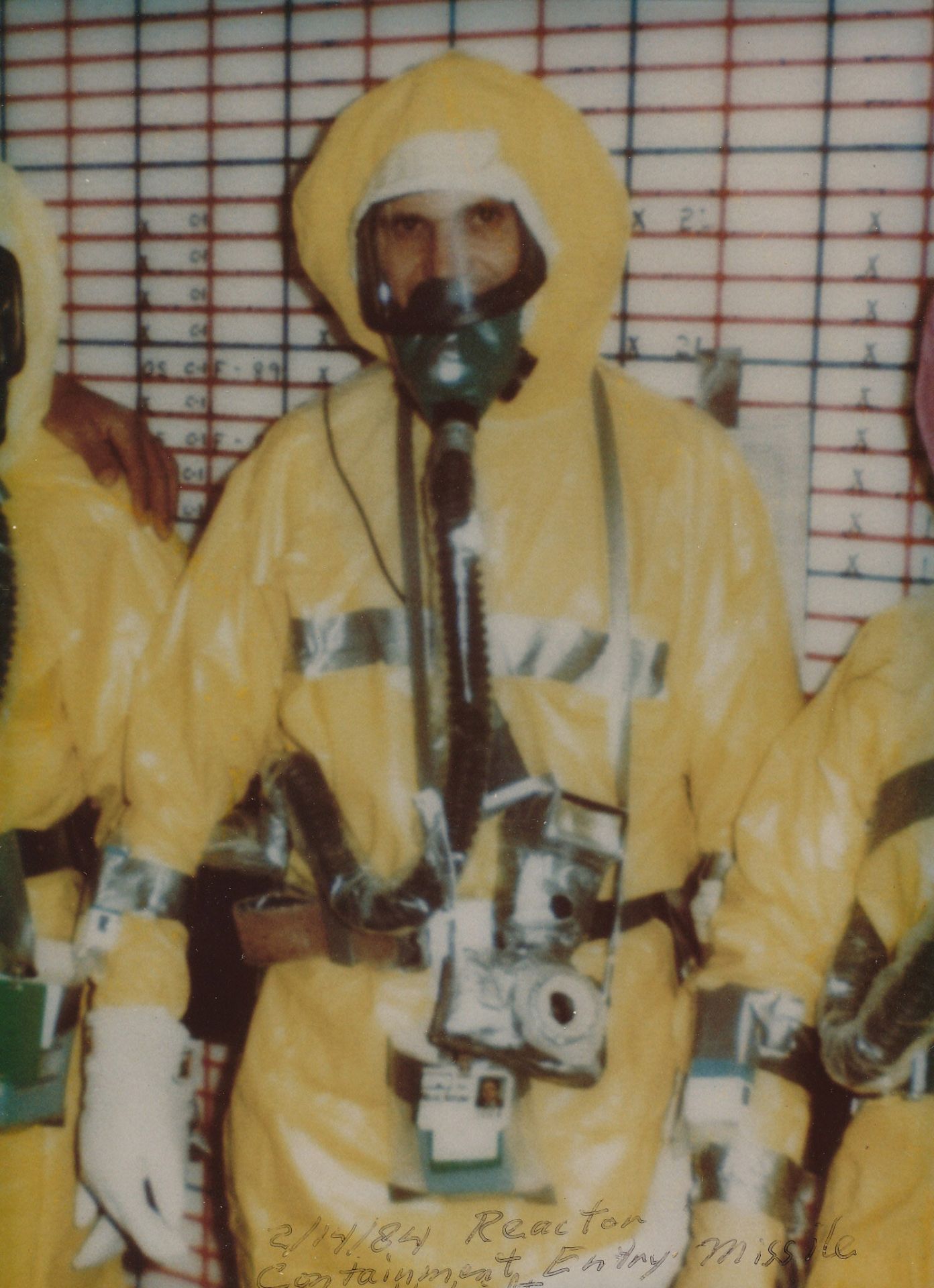
Barrett wearing a radiation protection suit prior to going into containment for the first missile shield lift with the polar crane.
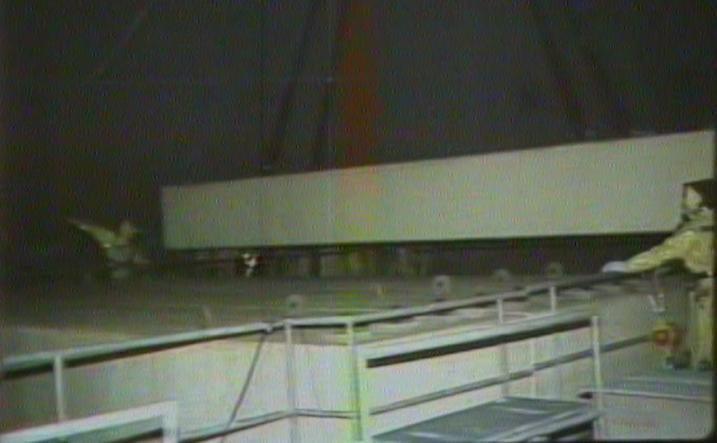
Barrett standing next to the polar crane while the lift of the first missile shield takes place.
In an email to Nuclear News, Barrett said that no one was arguing with Parks that the polar crane needed to be tested appropriately before the lifts. Parks was concerned with the procedures that General Public Utilities and Bechtel were submitting to the NRC for review. Barrett said that utilities normally do not do major equipment construction/refurbishment work, but, when necessary, generally used engineering change notice (ECN) administrative procedural approaches to ensure the proper quality assurance of the work. More commonly, nuclear organizations use work package procedural approaches when major engineering construction work is undertaken to ensure the proper quality assurance of the work. The actual TMI polar crane work, which required nearly complete rewiring, detailed structural confirmations, and major replacement tasks (such as braking systems), was a combination of both major refurbishment work and operations. The GPU/Bechtel management team selected the work package procedural approach because the polar crane task was major construction refurbishment work that had to be done within the challenging internal containment radiological and environmental conditions. The team believed that this approach would also ensure safety while being the most efficient.
Barrett said that both procedural approaches are capable of doing the job safely and the NRC generally accepted either procedural approach if it was proposed by the licensee. The NRC did not object to the work package approach for the polar crane and proceeded to judge each GPU polar crane work task and operating procedure on its safety merits. Both GPU and the NRC agreed that safety was first but that it was also important to move forward with the cleanup without unnecessary administrative delay. Gaining access to the damaged core to enable defueling was an important activity to reduce the unknown risks of the damaged core remaining in an unknown internal situation.
Independent of any specific safety concerns, Parks did not like using the work package approach and complained to Barrett at the NRC in a February 18, 1983, meeting that he felt that the ECN approach was the proper one to use. Barrett asked Parks what his safety concerns were, to which he replied only that he thought Bechtel was not following the procedures correctly with calculations. The NRC performed a special surprise inspection at the Bechtel Gaithersburg Office that week and determined that the calculations were properly performed. Barrett met with and told Parks on February 25, 1983, that the safety calculations appeared satisfactory and that the NRC would continue to focus on the safety performance for upcoming refurbishment and testing tasks for the polar crane, but would not enter into licensee internal staff arguments between individuals within GPU or Bechtel about which type of procedural approach to use. The NRC’s focus was on safety performance and risk reduction progress, not on internal administrative differences of opinions.
Parks did not like that answer, and he filed an affidavit appealing to the Commission. As per the meetings with Barrett, Parks’s 57-page affidavit was all about administrative procedural complaints without any specific safety issue with the polar crane. Nothing that Parks claimed in the affidavit could have supported the program’s claims that if Parks did not act, there could have been a second accident “that could have wiped out the whole east coast.” Thus, the final segments of the program are completely inaccurate and misleading.
Meltdown doesn’t discuss the procedural disagreement to the refurbishment of the crane, however. It jumps straight to a theoretical accident in which the polar crane could have failed and created a “super-criticality” event that could have contaminated much of the east coast. Again, this is pure sensationalism and has no basis in science. There was no way for the reactor to go critical, neither could it go through another meltdown event. After four years of cooling the core, the decay heat in 1983 was about 25 kilowatts, which is equal to about 20 home hair dryers, that is not enough energy to melt anything large. To put that into some context, A normal operating reactor puts out over 2 million kilowatts of heat energy. More importantly, the reactor coolant had been borated to a level that effectively preclude re-criticality regardless of configuration of the fissile core material geometry. (Boron is an effective neutron absorber that controls the rate of the reaction and can even slow or stop it—without itself fissioning.)
ANS past president Bill Burchill was involved in the investigation of the accident at TMI-2 early on and led the response from his company, Combustion Engineering, to questions from the NRC. In 2019, Burchill revisited this when he wrote about the accident and the many changes it forced on the industry for Nuclear News. Burchill said in a phone call with NN that by 1983 “the core was never in any danger of reconfiguring itself into a self-sustaining chain reaction at this stage in the cleanup of TMI-2.”
He added, “The reactor shut itself down in the early stages of the accident by dropping the control rods into the core automatically. The nuclear chain reaction was shut down within the first five seconds of the whole event and was never at any risk of returning to a critical state. The core was not going to experience a self-sustaining nuclear reaction and it could not go off like a bomb and destroy thousands of square miles of land; that is one of the biggest falsehoods that is made in this documentary.”
Meltdown is a letdown
Meltdown tries to be a legitimate documentary from Netflix Studios, and yet it emphasizes only the most dramatic moments without providing sufficient context from experts. Instead, it relies on the memories and words of local residents who did not work at the plant, antinuclear activists, and Richard Parks, who wasn’t even employed at TMI until 1982. Rather than let experts in the field lead the narrative, the show tries to force a tale of greed and corporate coverup that is not even close to reality.
The fact that the show does not mention one single subsequent change to the industry and the NRC that came about as a result of the Three Mile Island accident is absolutely maddening. Steve Nesbit said, after watching the documentary, that “the most striking failure of the show was the lack of any mention of the reaction of the nuclear industry and the NRC to the accident. The entire approach to operating and regulating nuclear power plants in the United States was transformed as a result of the accident.” Within a year of the accident, the Kemeny Commission and Rogovin inquiry reports were published and explained the causes, effects, and changes needed in order to make the nuclear industry a safer source of power generation. The aftermath of the accident also led to the establishment of the Institute of Nuclear Power Operations, the goal of which was to drive the industry to high levels of excellence.
The past 40 years of improving plant performance has been coupled with enhanced safety focus provided by a risk-informed approach that focuses resources on the most safety-significant issues. Instead of stoking fears, Meltdown should have focused on the millions of lives saved by keeping the current reactor fleet running after the TMI-2 accident in the U.S., keeping millions of tons of carbon dioxide from the atmosphere, and producing more than 50 percent of the carbon-free energy in this country.
Updated June 21, 2022, to include a link to ANS interview with Lake Barrett.
Correction issued August 2, 2022, to a statement attributed to Amir Bahadori above. The statement that skin reddening "has only been observed in victims of nuclear explosions" was included in a quote attributed to him. Bahadori did not, in fact, make that statement. Skin reddening is a reaction that has been often observed during medical procedures involving high levels of ionizing radiation exposure and in the early days of x-ray experiments. Nuclear News sincerely apologizes for the error.
John Fabian (jfabian@ans.org) is publications director for the American Nuclear Society. The article could not have been written without the contributions and reviews by Lake Barrett, Bob Budnitz, and Bill Burchill.




